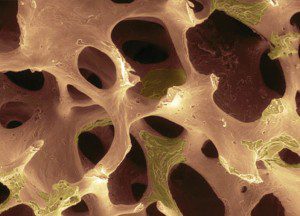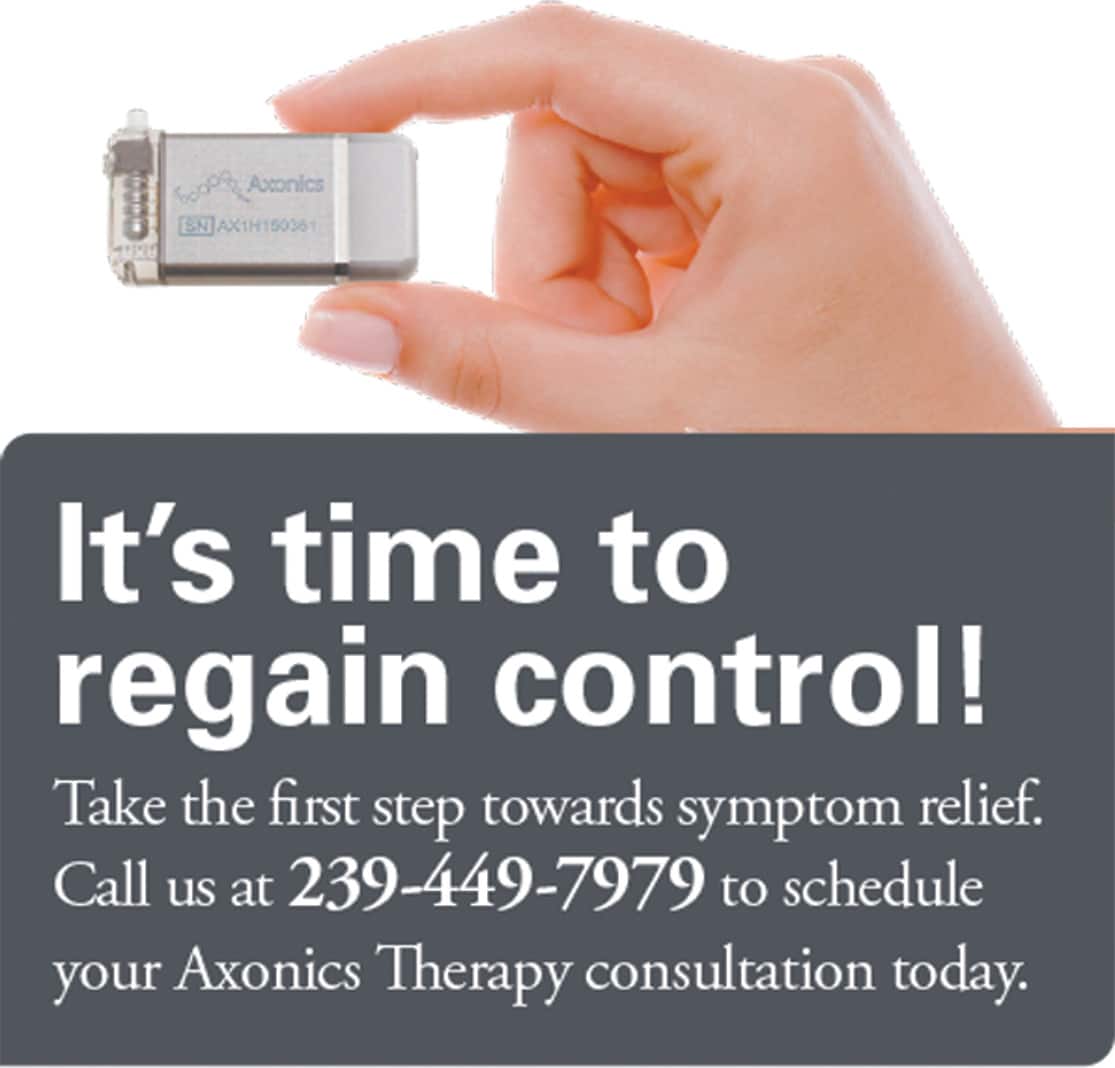By Dr. Joseph Farag –
 In recent years some attention has been given to the osteoporosis medications called bisphosphonates and their complications with dental surgery, namely extractions and implants. Some recent research is helping doctors understand the relationship between some of these drugs and the dental complications that may be a result of taking them.
In recent years some attention has been given to the osteoporosis medications called bisphosphonates and their complications with dental surgery, namely extractions and implants. Some recent research is helping doctors understand the relationship between some of these drugs and the dental complications that may be a result of taking them.
Osteoporosis is the result of a net decrease in bone density in both men and more commonly, women. This weakening of the bone increases the risk of unexpected fracture and slower healing time. Osteoporosis is referred to as a “silent disease,” many women do not have any pain or symptoms until a fracture occurs. Caucasian and Asian-American women may be at a higher risk for developing osteoporosis. Asian-American women more so due to the fact that about 9 out of 10 are lactose intolerant and may not be consuming adequate amounts of calcium. Hispanic women are twice as likely to develop diabetes as white women, which increases their risk for osteoporosis. African-American women have more bone mineral density but 75% are lactose intolerant which may contribute to low calcium intake as well. Generally, in women after menopause, the lack of or decrease in estrogen hormone levels has a direct relationship with the development of osteoporosis. For women who choose not to undergo hormone replacement therapy, this is especially true.
There are two main types of cells that contribute to bone development, growth, and maintenance. Osteoblasts are the bone depositing cells, these cells lay down new bone and contribute to an increase in bone density. Osteoclasts are bone dissolving cells, they are useful for the turnover and resorption of old bone. When the subtractive activity of these cells is not matched with new bone formation by the osteoblasts, a net decrease in bone density will develop, and if this continues in the absence of adequate amounts of Calcium and Vitamin D for a prolonged period or in conjunction with other systemic risk factors, osteoporosis may develop. It is this direct relationship between these two types of cells that may cause complications in dentistry for patients taking certain types of osteoporosis medications.
Bisphosphonates are medicines which stop or slow down the osteoclast cells that dissolve or resorb bone tissue. By doing this, these medicines help increase bone density and strength and slow down the rate of bone thinning due to osteoporosis. Some common names of these drugs are Fosamax®, Actonel®, Boniva®, and Reclast®. The last two drugs listed may be given intravenously (IV) once a year or every three months. Currently, research studies show that bisphosphonates increase bone density and lower the risk of fractures.
Immediately after dental surgery such as tooth extractions, bone grafting and implant placement, a process known as bone remodeling begins to occur. During this remodeling, both types of bone cells are highly active. Initially, the bone dissolving cells remove existing layers of bone that once held the teeth in place that are no longer needed. Bone depositing cells then form new bone in a smooth pattern along the jaw. If there is a disruption in this remodeling process due to the decreased activity of the bone dissolving cells, a painful and often difficult to treat condition known as osteonecrosis can occur. Osteonecrosis of the jaw (ONJ) is an incomplete healing of the jawbone after dental surgery in which the affected area of bone is not covered by the gums. These areas are extremely painful and may never heal on their own.
Patients who have been taking bisphosphonates for more than three years, and/or who have been given the intravenous (IV) form of the drug should be especially aware of ONJ prior to any dental surgery. ONJ develops most often after dental extractions. The risk of ONJ increases with the length of bisphosphonate therapy and has been reported in patients who have taken bisphosphonates for as little as 12 months. Risk factors that may also increase the chance of developing ONJ are cancer, age, steroid use, diabetes, gum disease and smoking.
Patients who are on oral bisphosphonates are at low risk, but not without risk. Patients who are in need of periodontal or invasive oral surgery should consult with their dentist and may need a risk/benefit evaluation before undergoing these procedures in order to evaluate the risk of ONJ. Even when bisphosphonate therapy cannot be stopped due to the high risk of bone fracture, dental surgery may still be performed if certain blood tests such as a Collagen Type 1 C-Telopeptide or (CTx) show adequate activity of the bone resorption cells. The risk of developing ONJ may also be reduced after surgery by quitting smoking and keeping good oral hygiene. As always consult with the prescribing physician prior to stopping any medications.
Port Charlotte Dental Care
CALL TODAY: 941-764-9555








